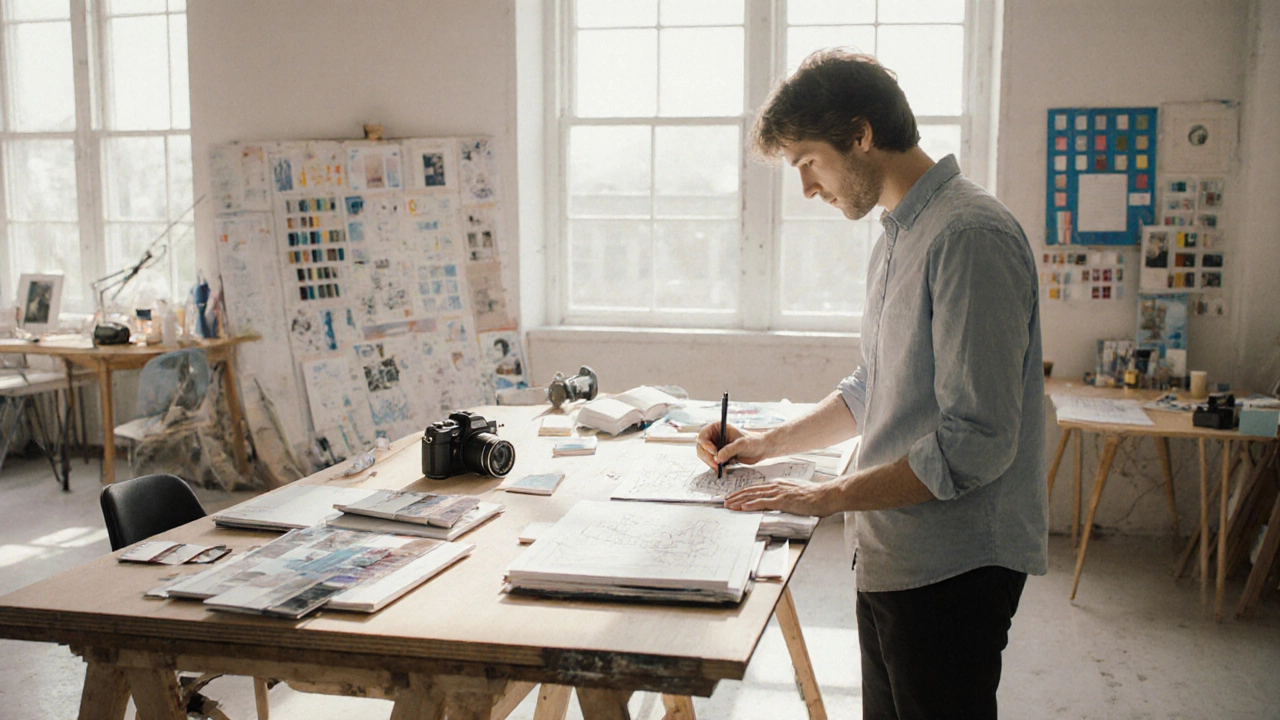Fine Arts Photography Job Description: Roles, Skills & Career Path
When working with fine arts photography job description, a comprehensive outline of duties, qualifications, and expectations for photographers creating fine‑art images. Also known as art photography role, it guides both employers and artists on what the position really entails. Fine arts photography focuses on creating visual works that are exhibited, collected, or sold as art rather than commercial imagery often requires a deep understanding of artistic concepts. Similarly, a photographer is the professional who captures, edits, and presents images according to the project's artistic vision must balance technical mastery with creative intuition. This blend of art and craft forms the backbone of the role and influences everything from project scopes to client negotiations.
Key Responsibilities and Skill Sets
The fine arts photography job description typically encompasses several core responsibilities: conceptual development, lighting design, post‑processing, and exhibition preparation. It requires the ability to translate abstract ideas into visual statements, a skill that ties directly to an artist’s portfolio a curated collection of work that showcases style, technique, and thematic range. Employers look for evidence of consistent visual storytelling, mastery of both analog and digital tools, and a track record of successful showings or sales. Equipment knowledge is another pillar; understanding camera systems, lenses, studio lighting, and color management directly impacts image quality. Moreover, the role often demands project management capabilities—setting timelines, coordinating with curators, and handling paperwork for copyrights and licensing. By mastering these areas, a photographer can position themselves for higher‑profile commissions, gallery representation, and teaching opportunities.
Beyond daily tasks, the job description influences career trajectory. Photographers who excel at curating compelling portfolios and navigating exhibition logistics often transition into roles such as art director, curator, or freelance consultant. They may also branch into related fields like fine‑art printing, limited‑edition book publishing, or digital art production. Understanding how each responsibility interlinks—how lighting choices affect post‑processing, how portfolio strength drives exhibition invites—helps professionals map out growth paths. This holistic view ensures they’re not just ticking boxes but building a sustainable, artistically rewarding career.
Below, you’ll find a curated collection of articles that dive deeper into each of these aspects—from salary insights for digital artists to practical guides on fixing oil‑painting mistakes. Use them to flesh out your own job description, sharpen your skill set, and plan the next steps in your fine‑arts photography journey.

8 Oct 2025
Discover what a fine arts photography job description entails, from key duties and essential skills to portfolio tips, gallery collaboration, and UK salary outlook.
Continue reading...
